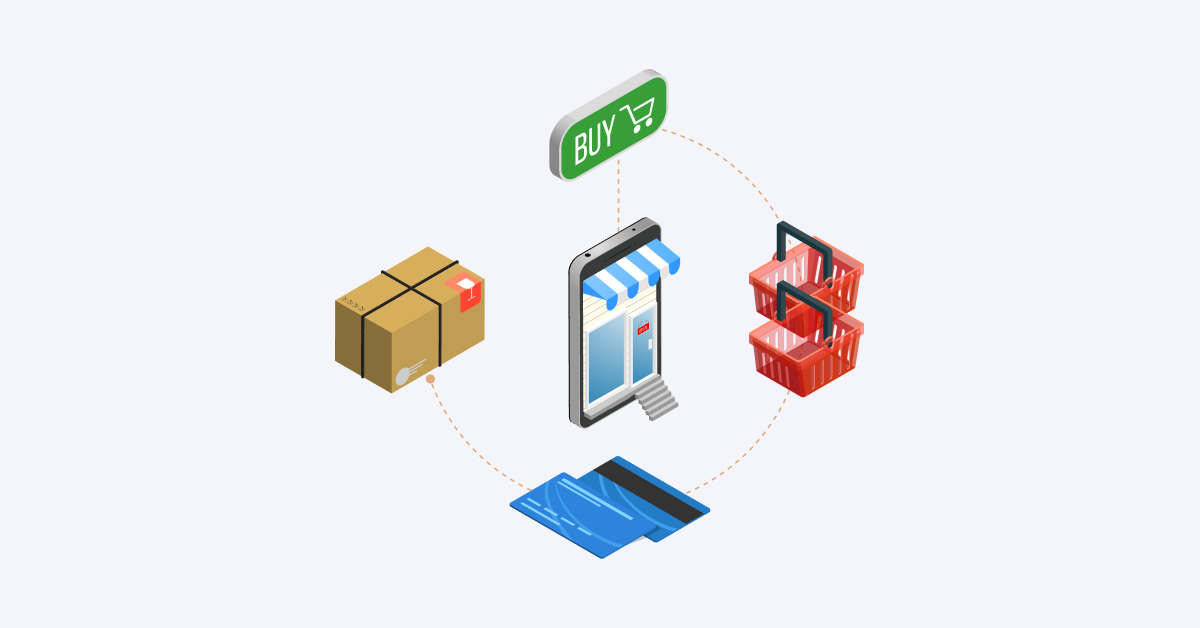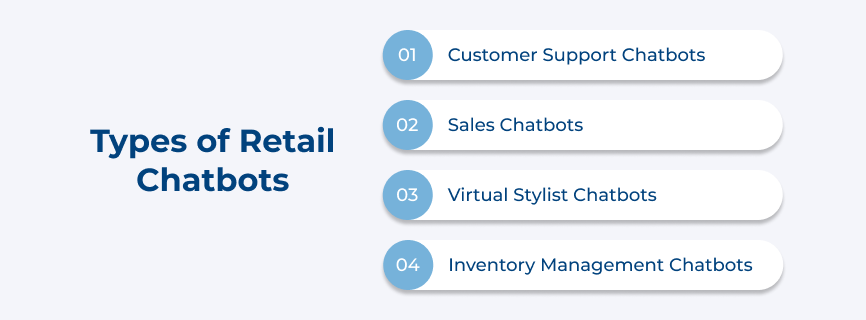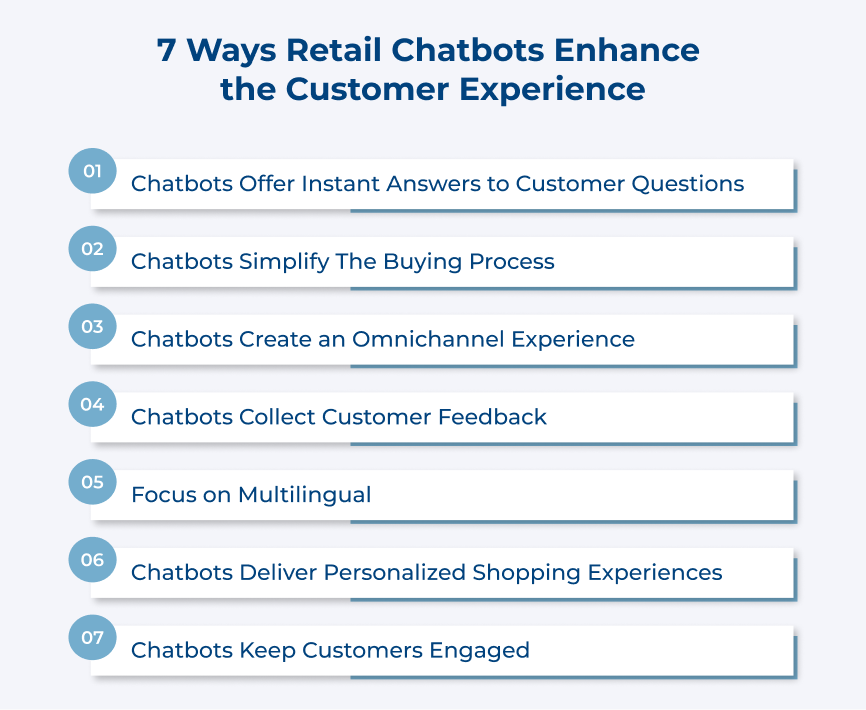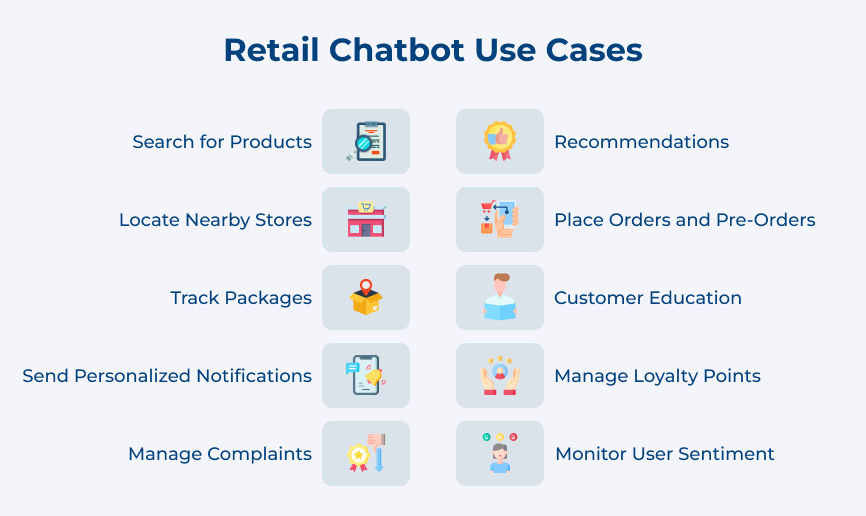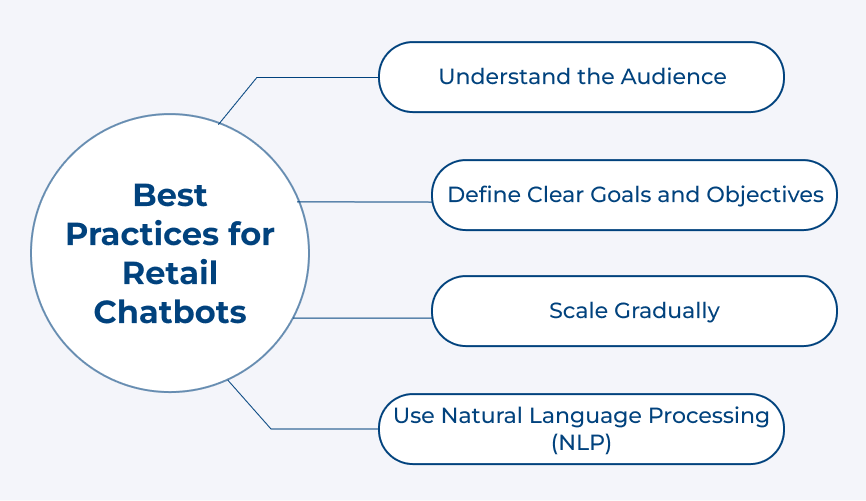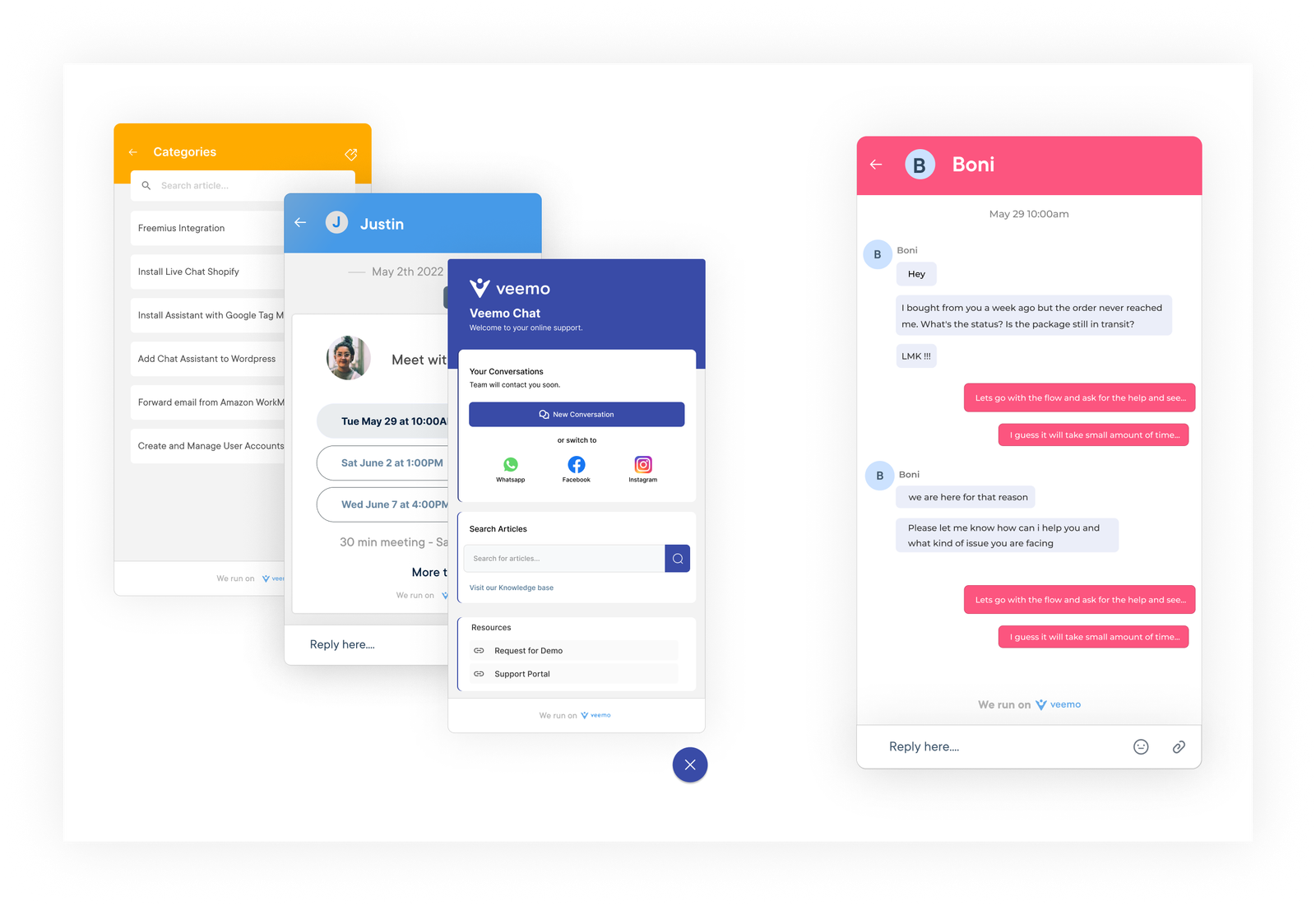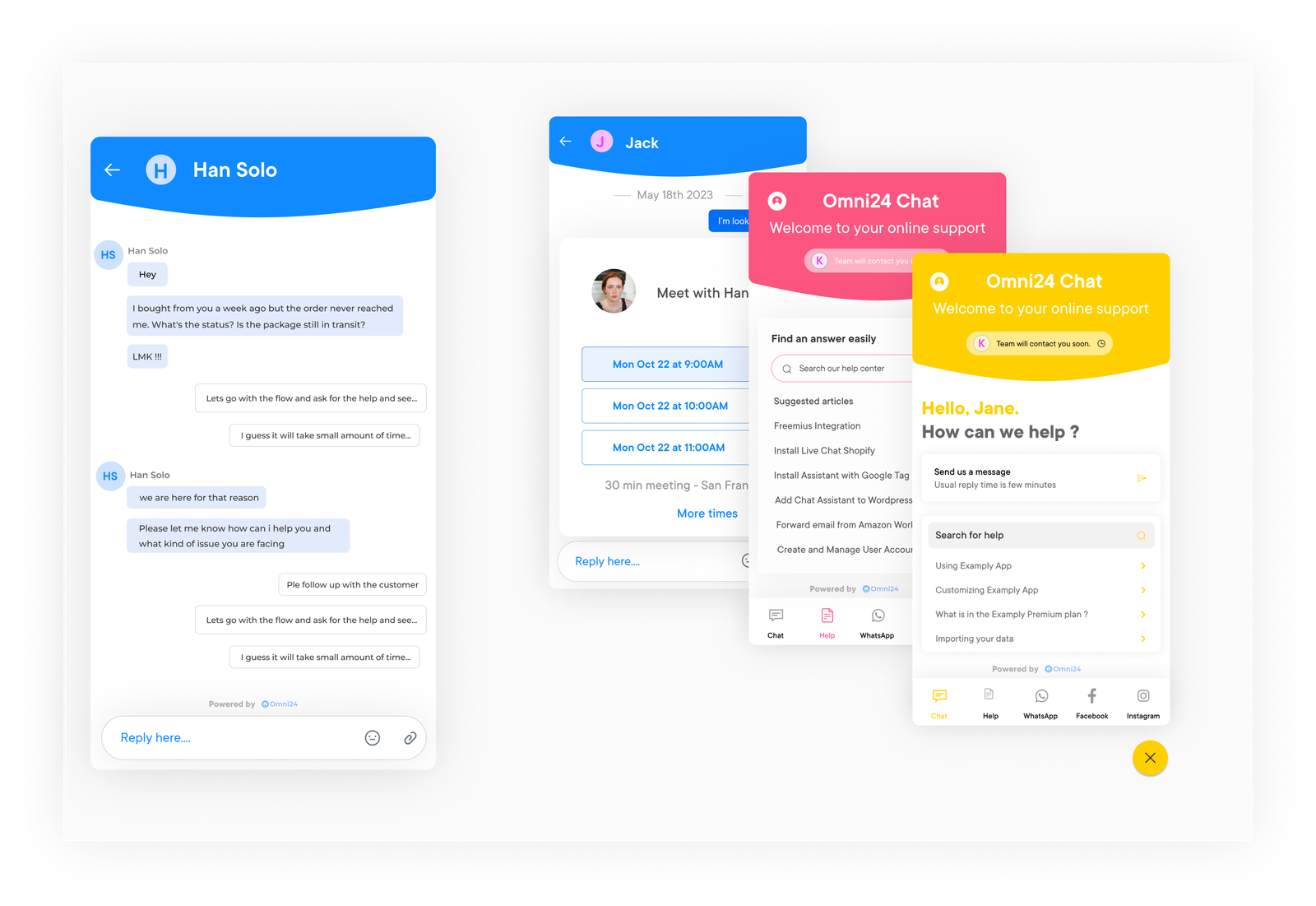1. Chatbots Offer Instant Answers to Customer Questions
Customer experience is of utmost importance for businesses, especially in the retail industry. One effective strategy that retailers are utilizing to enhance customer experience is the use of chatbots. Customers can get immediate answers to their questions, without having to wait for a human representative. 68% of users enjoy how quickly they receive a response through the chatbot.
Imagine a customer visiting an online retail store and having a question about a specific product. Instead of searching through the website or waiting for a customer service representative, they can simply engage with a chatbot. The chatbot can provide detailed information about the product, its features, and even suggest related items.
Pro tips:
- Personalize the chatbot experience: Tailor the chatbot’s responses to match the tone and style of the brand. Incorporate personalized greetings and recommendations based on the customer’s browsing history to create a more personalized experience.
- Have a seamless handover to live agents: Even though the chatbots can handle most customer queries, there may be instances where human intervention is needed. Ensure a smooth transition from the chatbot to a live agent to maintain a high level of customer service.
2. Chatbots Simplify the Buying Process
A strategy that has gained widespread popularity is the use of chatbots to simplify the buying process. The primary objective of the strategy is to streamline the purchasing journey, making it more convenient and efficient for customers. Chatbots can engage with shoppers, answer their queries and assist them in finding the right solutions. Businesses can significantly enhance customer satisfaction and drive sales by reducing the friction in the buying process.
Imagine a customer browsing an online retail store looking for a specific product. Instead of manually searching through the website, the customer can interact with a chatbot. It can instantly provide recommendations based on their preferences and previous purchase history. It saves time and effort, creating an enjoyable shopping experience.
Pro tips:
- Personalize the chatbot experience: Tailor the chatbot’s recommendations based on the individual customer’s preferences and purchase history. The level of personalization can significantly impact customer satisfaction.
- Integrate with live chat: If a customer’s query becomes too complex for the chatbot to handle, ensure a seamless transition to a live chat agent who can provide further assistance.
3. Chatbots Create an Omnichannel Experience
Businesses can create an omnichannel experience for their customers by integrating chatbots across multiple channels. The key advantage of the strategy is that it allows customers to engage with a brand seamlessly, regardless of the platform they choose. Whether it’s through a website, social media messaging or a dedicated mobile app, chatbots ensure a consistent and personalized experience for every customer.
Let’s consider a customer seeking assistance while browsing an online store. The customer can ask questions about product details and availability, or even request recommendations. The chatbot responds promptly, providing accurate information and offering assistance throughout the customer journey. It results in a smooth and efficient shopping experience, eventually increasing customer satisfaction.
Ways to implement:
- Identify customer touch points: Determine where customers interact with the business and integrate chatbots into the channels, ensuring a seamless experience.
- Provide personalized responses: Utilize customer data and AI capabilities to offer tailored recommendations.
4. Chatbots Collect Customer Feedback
An effective strategy that has gained popularity is the use of chatbots to collect customer feedback. The approach allows retailers to gather valuable insights and make data-driven decisions to enhance their services. The primary goal of this strategy is to engage with customers in real-time conversations and collect their feedback effortlessly.
Implementing the strategy offers several benefits for businesses. It allows retailers to gain valuable insights into customer preferences, pain points and expectations. The information enables them to make necessary improvements and tailor their offerings to meet customer demands effectively.
Ways to implement:
- Feedback and Survey: Design personalized feedback surveys within the chatbot interface, ensuring they are concise and easy to answer for customers.
- Chatbot Integration: Integrate the chatbot with other customer feedback channels such as social media platforms or email, to gather comprehensive and holistic insights.
5. Focus on Multilingual
The primary goal of the strategy is to bridge the communication gap, ensuring seamless interaction and a satisfying shopping experience. Utilizing natural language processing and AI technology allows chatbots to respond to customer queries in their preferred language. Speaking the customers’ language allows chatbots to eliminate the frustration of language barriers and provide a more tailored experience.
An example of how the strategy can be implemented is through the use of multilingual chatbots on an e-commerce website. When a customer visits the website, the chatbot can greet them in their preferred language and assist with any inquiries or even provide customer support. It not only makes the shopping experience more convenient but also creates a sense of trust and reliability.
Ways to implement:
- Invest in multilingual chatbot technology: Choose a chatbot platform that supports multiple languages and can seamlessly translate customer queries.
- Gather customer language preferences: Provide an option for customers to select their preferred language during the registration or checkout process. It will enable the chatbot to personalize the conversation from the start.
6. Chatbots Deliver Personalized Shopping Experiences
One of the key advantages of using chatbots is their ability to provide personalized recommendations and suggestions to customers. Analyzing customer data and understanding their preferences allows chatbots to offer tailored product recommendations, helping customers discover new items that align with their interests. 64% of businesses believe that chatbots allow them to provide a more customized support experience for their customers.
A notable example of a company implementing this strategy is Sephora. They launched a chatbot on Facebook Messenger, called Sephora Virtual Artist. It offers customers personalized beauty recommendations, virtual try-on features and expert beauty tips. The chatbot utilizes AI to understand customer preferences, make customized product suggestions and enrich the overall shopping experience.
Ways to implement:
- Choose the right platform: Identify the platform or messaging app that the target audience frequently uses. It could be Facebook Messenger, WhatsApp or other popular messaging apps.
- Train the chatbot: Invest time in training the chatbot to understand customer queries, preferences and buying patterns. It will enable it to provide accurate and relevant recommendations.
7. Chatbots Keep Customers Engaged
Customer engagement is crucial for the success of any business. Owing to the advancements in technology, retailers are now turning to chatbots as a strategy to enhance customer experience. The strategy not only improves customer satisfaction but also boosts sales and increases customer loyalty.
Implementing chatbots in retail businesses can help automate customer support, reducing response time and ensuring round-the-clock availability. They provide instant assistance to customers, resulting in enhanced user experience. Take the example of a customer visiting an online clothing store who can chat with a bot and receive personalized recommendations. The approach makes the shopping experience more seamless and enjoyable.
Ways to implement:
- Customized chatbot: Develop a chatbot that integrates with the business’s website or app, allowing customers to interact with it. Personalize the chatbot’s responses to match the brand image and ensure it responds to customer queries accurately.
- Intelligent Product Recommendations: Train the chatbot to analyze customer preferences and browsing history. Businesses can effectively upsell and cross-sell by recommending relevant products based on their interests.
Top 10 Retail Chatbot Use Cases
Let us go through the retail chatbot use cases that demonstrate how these digital assistants are reshaping the retail landscape, enhancing the shopping experience.
